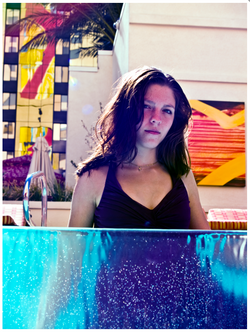Portraits
: a likeness of a person, especially of the face
Humans have been creating likenesses of each other for thousands of years, but with the introduction of photography, a new language developed for capturing the human image. Photography created opportunities for not just for biography and documentation, but also depth, empathy, and experimentation. Many portrait photographers today elevate their work from mere photo to art, communicating ideas and capturing the human subject with dignity, all while exploring the meaning and potential of portraiture.
FRAMING A PORTRAIT

8 Fundamental Styles of Portrait Photography

Traditional or Classical portraiture would refer to an image where face is the predominant element. The purpose of the photograph is to depict visual representation of that person. Subject is expected to be looking directly at the camera. With what is described as a head-shot, two thirds or full body framing can be used

The term Environmental Portrait refers to an image where the subject is photographed in person’s natural environment. For example, a worker photographed at the construction zone, teacher in the classroom, sculptor in a sculpture studio and so on. Surroundings are used to compliment the subject and to emphasize his character. Subject and setting are chosen by the photographer.

Abstract portraits are created with a purpose of creating art and not based on realistic representation of a person. Collage or digital manipulation is often used.

Traditional or Classical portraiture would refer to an image where face is the predominant element. The purpose of the photograph is to depict visual representation of that person. Subject is expected to be looking directly at the camera. With what is described as a head-shot, two thirds or full body framing can be used
Links to more Portrait Tips, Tricks & Tutorials
Examples of Portraiture
 |  |  |  |  |
|---|---|---|---|---|
 |  |  |  |  |
 |  |  |  |  |
 |  |  |

